-

Network Data Model | Advantage | Disadvantage
The network data model extends the hierarchical model by allowing records to have multiple parent and child relationships. It introduces…
-

Relational Data Model | Advantage | Disadvantage
The relational data model is widely used in modern databases. It organizes data into tables consisting of rows (tuples) and…
-

Object Oriented Data Model | Advantages | Disadvantages
Object Oriented Data Model The object oriented data model is designed to handle complex data structures. It treats data as…
-
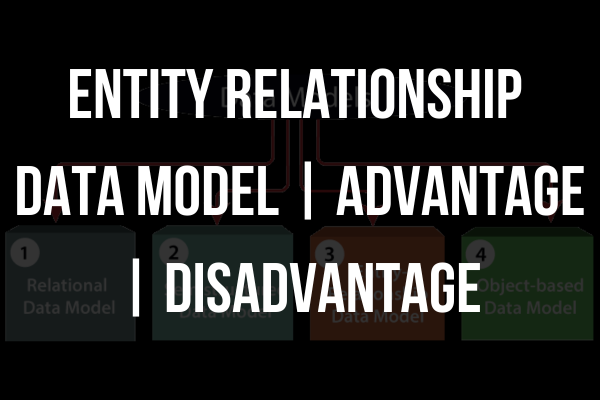
Entity Relationship (ER) Data Model | Advantage | Disadvantage
The entity relationship data model focuses on representing the relationships between entities. It uses entity-relationship diagrams (ERDs) to visualize and…
-

Dimensional Data Model | Advantage | Disadvantage
The dimensional data model is commonly used in data warehousing and business intelligence applications. It organizes data into dimensions and…
-
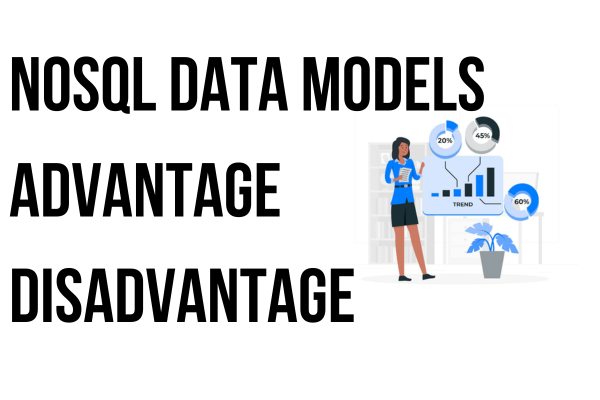
NoSQL Data Models | Advantage | Disadvantage
NoSQL (Not only SQL) databases have emerged as an alternative to traditional relational databases, especially for handling big data and…
-
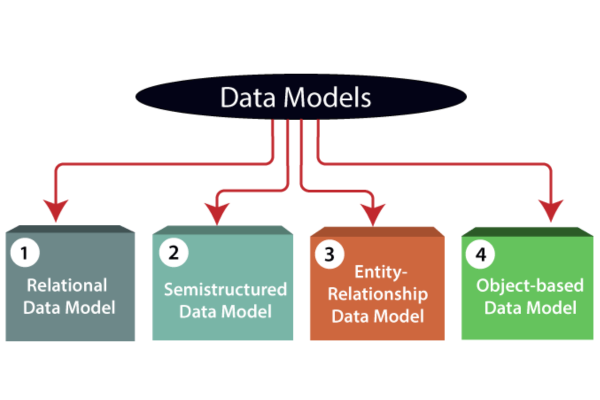
A Comprehensive Overview Types of Data Models
In today’s data-driven world, data modeling plays a crucial role in structuring and organizing information effectively. A data model defines…
-
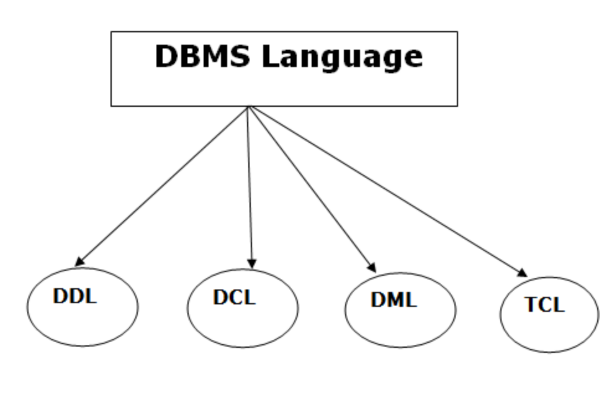
What is Database Languages & Types
What is a Database Language? A database language is a computer language used to create, manipulate, and manage data in…
-
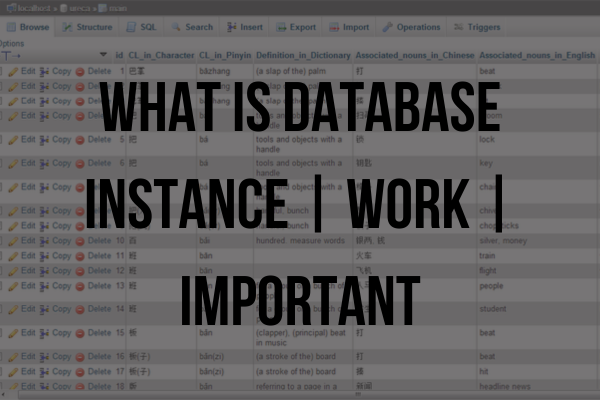
What is Database Instance | Work | Important
As businesses grow and their data needs become more complex, it becomes essential to manage data in a more organized…
-
What is Database Instances | How Does Work
As more and more businesses collect and analyze large amounts of data, the need for database management systems (DBMS) has…

